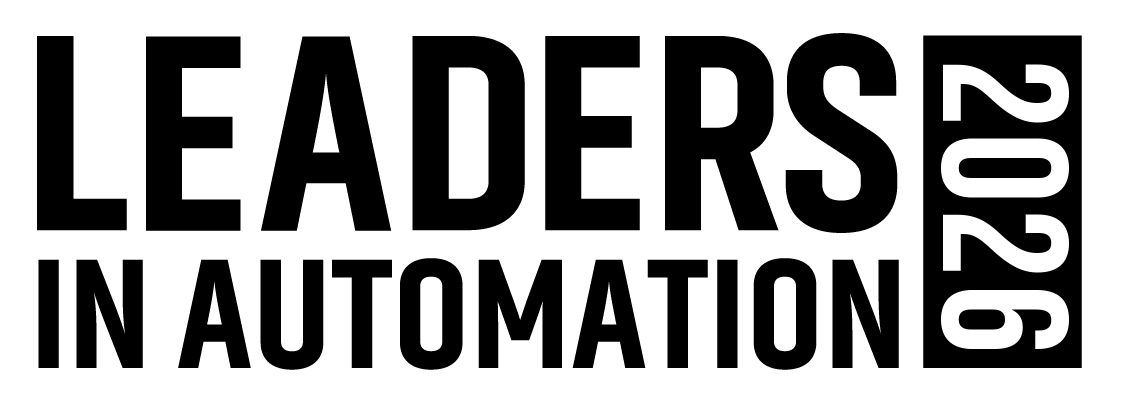“More automakers are seeing the cost benefits of adding 2D [two-dimensional] marks to the parts and tracing them through the manufacturing process.”
Keating defines traceability as the ability to track a part through the manufacturing process and into the final goods shipped to customers. “Different industries and different manufacturers use different levels of traceability. [They do that] to understand where everything is in the process and to keep records of what uniquely identified items are associated with which products.” For others, he says, that need also extends to the supply chain, where uniquely identified products are packaged and tied to a cartoned/bundled identification or ID.
>> Take a Test Drive: Renee Robbins Bassett was at the Chicago car show and caught up with Ford on how they PLM software for car design. Visit http://bit.ly/awvids056
Fortunately, there appears to be few hurdles to implementing traceability projects, Keating says. “In many cases, it’s as simple as moving from a 1D [one-dimensional] label to a 2D mark.” He also notes marking companies are very effective in being able to consult with customers on the right methodology to mark the part. And, he adds, advances in fixed-mount-reader algorithms make even poorly marked codes readable.
But companies new to traceability face what Keating calls the most challenging thing: understanding the difference between making a mark that is readable and verification. The most important thing that customers can do is understand the marking process, and work with a barcode reader that can handle real-world variation that you expect from the manufacturing process. Trying to mark to a verification specification, he notes, can increase the cost of marking and delay projects.
C. Kenna Amos, [email protected], is an Automation World Contributing Editor.
About the Author
C. Kenna Amos
Contributing Editor

Leaders relevant to this article: